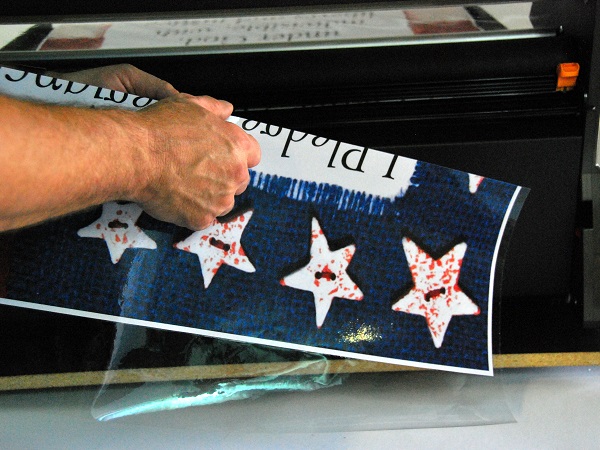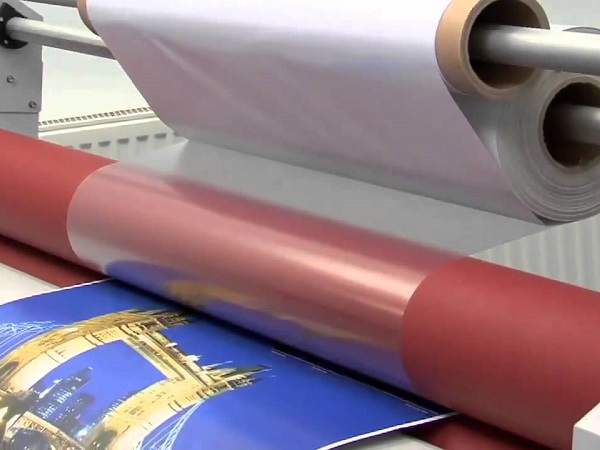In the long term, using roll laminating film is one of the most cost-effective ways of laminating your documents, posters, flyers, notices or any other material you want to protect.
We say in the long term, because you can only use this kind of film with roll-fed laminating machines, and they tend to be a little more expensive than other types of laminating machine, especially if you want a decent one.
However, once you’re set up, you can save yourself a bit of money by buying rolls of film rather than individual laminating pouches.



What is roll lamination film?
Going back to basics for a moment, let’s start with what roll laminating film actually is, and to be honest, it’s pretty much what it sounds like – laminating film on rolls rather than in pouch form.
It’s fed through laminating machines designed specifically to take rolls, and requires two lots of film – one for the top of the document and one for the bottom. It’s a thermal form of laminating, meaning it requires heat to form a seal.
Features of roll laminating film
There are various key features of laminating film rolls that you need to be aware of before you buy. If you buy the wrong kind of laminating film then not only will you probably not get the result you want from your laminating, but you could also end up damaging your machine.
These key features are: core size; film grade; roll width; and film thickness.
- Core size – This is the size of the roll that goes through the middle of the film, known as a mandrel, that holds it onto the laminating machine. The three standard core sizes are 1” (25mm), 2 ¼” (57mm) and 3” (75mm). The core size will often be in relation to the length of the roll, as a longer roll will usually require a thicker mandrel for support.
- Film grade – The film grade refers to the quality of the adhesive used to stick the film together. Standard film, or school film, will probably suffice for your normal, day-to-day laminating. However, if you want something a little more substantial and higher quality, than pro-grade laminating film has a lower melting temperature and stronger adhesive. There are various other grades of film available, including non-thermal, super strength adhesive options, and nylon laminating film, which is used for single-sided documents, but you must make sure they’re compatible with your machine.
- Roll width – As you may have guessed, the roll width is literally how wide the roll of film is, which is dictated by the width of the laminating machine. There are a range of widths available, usually from around 9” up to 60”. Obviously, your machine can’t cope with a roll that exceeds its own width, but it can use rolls that are narrower. This might help you cut down on wastage if you’re only laminating something small.
- Film thickness – As with regular pouches, lamination film comes in a range of thicknesses. The thicker the film, the more sturdy and rigid your laminating will be. For example, if you want something to stand up on its own, such as a menu, then a thicker film would be better.
Which laminating film roll should I buy?
It’s very important that you choose the right laminating film rolls or you could end up damaging your machine, which may end up proving costly. So, the first thing you need to do is familiarize yourself with the size of your machine and its settings so you don’t use the wrong film.




